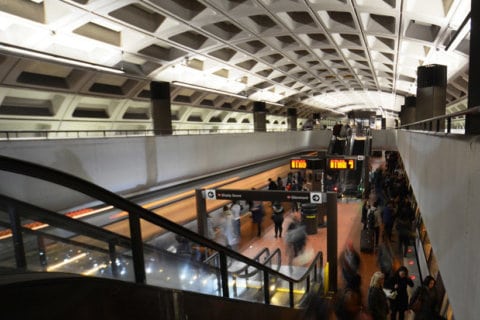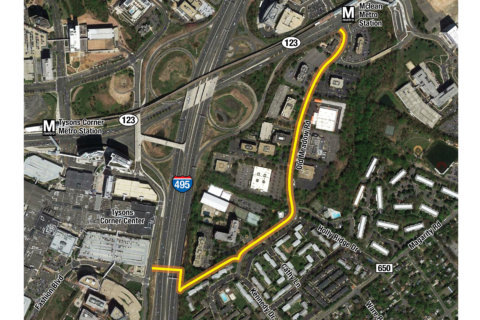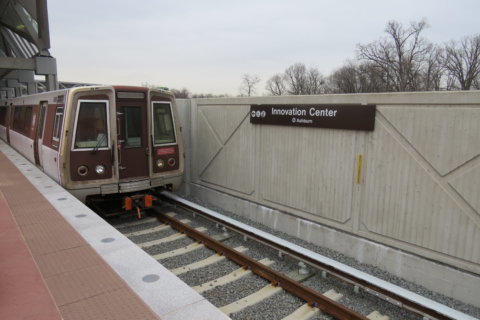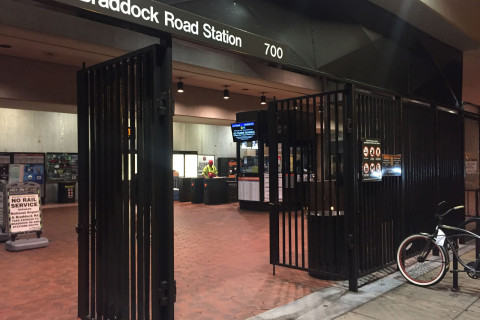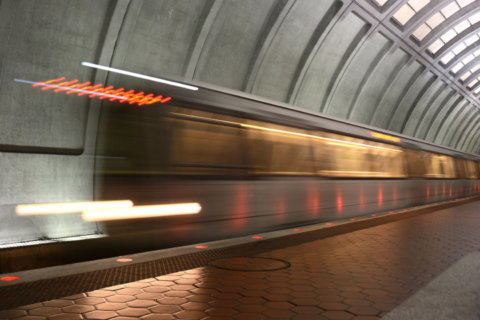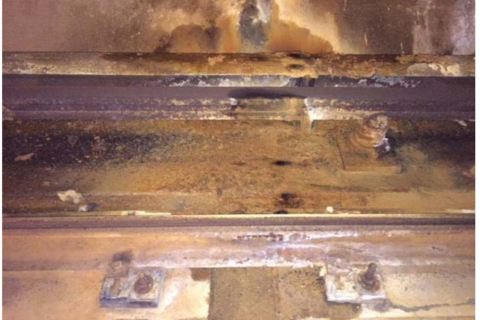WASHINGTON — A newly available batch of federal inspection reports highlight concerns about Metro’s power systems, rail yards, worker safety, reviews of the locations where trains switch from one track to another and continuing problems with water leaks and dark tunnels.
The reports generally carry less hefty issues than some of those released in the past, but still identify some potentially significant concerns.
In addition to the Federal Transit Administration inspection documents for August, September and October, the agency updated totals to show there are 1,033 fixes the FTA has identified but not yet confirmed to be resolved — mainly for track and power issues.
There are still a handful of open issues from Metro’s initial round of 24/7 track work in 2016 and 2017.
The FTA has approved 169 broader corrective action plans meant to resolve more systemic problems, but 100 of the corrective action plans are past due. Two are under review, while 18 are not yet due.
Direct safety oversight of the Metrorail system is expected to be transferred from the federal government to the locally supported Metrorail Safety Commission by April 15, although the FTA has threatened that transfer could be delayed if the D.C. government forces Metro to extend its hours.
Power problems
Checks of a series of power substations that provide electricity to the third rail found multiple active alarms.
An Aug. 15 visit to several Orange Line substations in Maryland found some pieces missing, inoperable or showing faults, error messages on fire alarm systems, and signs that water had gotten in.
At power stations on the Green Line from Anacostia to the Branch Ave. yard the next day, there were similar issues with numerous alarms going off, inoperable breakers and more.
Over the entire three-month period, FTA inspectors noted numerous locations across the system where coverboards meant to protect the third rail were missing, spots where certain cables needed replacement, and several locations where emergency phone boxes needed repairs.
Leaks and other track & tunnel issues
Water problems, insulating cement falling onto the tracks, extremely dark tunnels and some cracking fasteners, including on the Silver Line, are among other issues identified in the reports.
On the Blue and Silver lines between Addison Road and Benning Road on Aug. 23, inspectors found a long stretch of tunnel that was too dark to see in the event of an emergency or if work crews were along the tracks.
In October, similar problems were identified on a long stretch of the Red Line near Forest Glen and another stretch near Bethesda where newly installed LEDs were not turned on.
In one stretch of Silver Line track and another on the Green Line, fasteners with cracks developing allowed the rails to move more than they should.
Across the system, there are some locations with water leaking from various parts of tunnels, which contributes to rusting rails and mud buildup that can be made worse by blocked drains.
Near Metro Center on the Red Line, cement soundproofing insulation was being dislodged and falling on Aug. 21. Similar insulating cement had fallen from the ceiling near Union Station Sept. 19, blocking a drain.
Rail yard problems
Inspectors found a significant number of track issues in some of Metro’s rail yards where trains are stored and maintained.
While some previously identified issues with failing rail ties had been resolved, inspections of the Shady Grove and Branch Ave. yards found numerous cables lying on the ground, defective covers for electrical boxes, other cable problems, and even “excessive vegetation” along the tracks.
Inspectors did note upgrades were planned at the Shady Grove yard.
Cable issues were noted in some areas outside of rail yards as well.
The vegetation problem was also noted elsewhere – with plants growing on or next to the tracks brushing against trains Sep. 26 between Twinbrook and Grosvenor-Strathmore.
Worker safety
Despite some apparent worker safety improvements, inspectors found some serious issues over the three months of inspections.
On the Red Line in Northwest Oct. 6, a welding crew was not wearing any proper protective equipment.
“The orgo-therm welding crew observed were not wearing welding jackets, welding pants (chaps), proper welding gloves or a full-face shield. Additionally, no self-contained fresh-air respirator units were observed being used during the welding process,” an inspector between Van Ness and Friendship Heights wrote.
On Aug. 15, inspectors saw a Metro crew walk into a dangerous blind spot area without radioing into the Rail Operations Control Center to stop trains.
Train operators appear to be getting better at following safety rules around workers on the tracks, but there was still one instance of a train observed speeding past a crew.
Metro is testing a technology meant to help avoid those types of issues, and FTA inspectors observed work to reconfigure it in October between West Hyattsville and Prince George’s Plaza. The actual testing with a passenger train that day was put off due to a breakdown though.
Elsewhere, while Metro has moved some extra rail that had been sitting in the middle of the tracks or between the tracks and safety walks, inspectors found a number of areas with new or remaining tripping hazards that could cause a problem in the event of an emergency.
FTA inspectors did check the safety setup of long-term 24/7 work zones in August, but the current round of documentation does not fully show many findings of the way the work was actually done.
One follow up inspection on the Red Line Sept. 7 noted rail problems that had been fixed and bolts that had been tightened between NoMa-Gallaudet and Rhode Island Ave. A Sept. 8 inspection between Rhode Island Ave. and Brookland found concrete and platform lights were repaired, but that there were some remaining issues including a tunnel leak and exposed wires.
Aug. 11 at Brookland, while the work was being done, a bundle of rail ties had to be moved in that shutdown area because the metal binding was touching the third rail on one track (which had been powered down) and the other end was close to the third rail on the other track (which was powered up).
Aug. 25, flat cars carrying materials were left at Brookland without proper wheel chocks to protect against the cars rolling away.
On Aug. 19 and Aug. 22, the work zone between McPherson Square and Smithsonian on the Blue, Orange and Silver lines appeared to be set up with no significant issues. However, “numerous” Metro workers and contractors in the area on Aug. 26 were not wearing proper protective equipment, and the location of the work zone was not properly identified.
A Sept. 22 follow up inspection in the area between Metro Center and McPherson Square did not verify any additional fixes for things previously noted by the FTA had been done.
Interlocking checks
The FTA appears to have had some concerns about Metro’s interlockings, where trains switch from one track to another, and associated train control data.
Inspectors observed a number of interlocking inspections and track circuit tests that ensure Metro rail controllers have accurate information about where trains are.
The tests and inspections were done properly, but identified a number of fixes that were required.
One hiccup in the inspections came Oct. 3 when a switch inspection spotlight near Pentagon came loose and hit the tunnel wall resulting in a small fire that burned and melted plastic sheathing.

